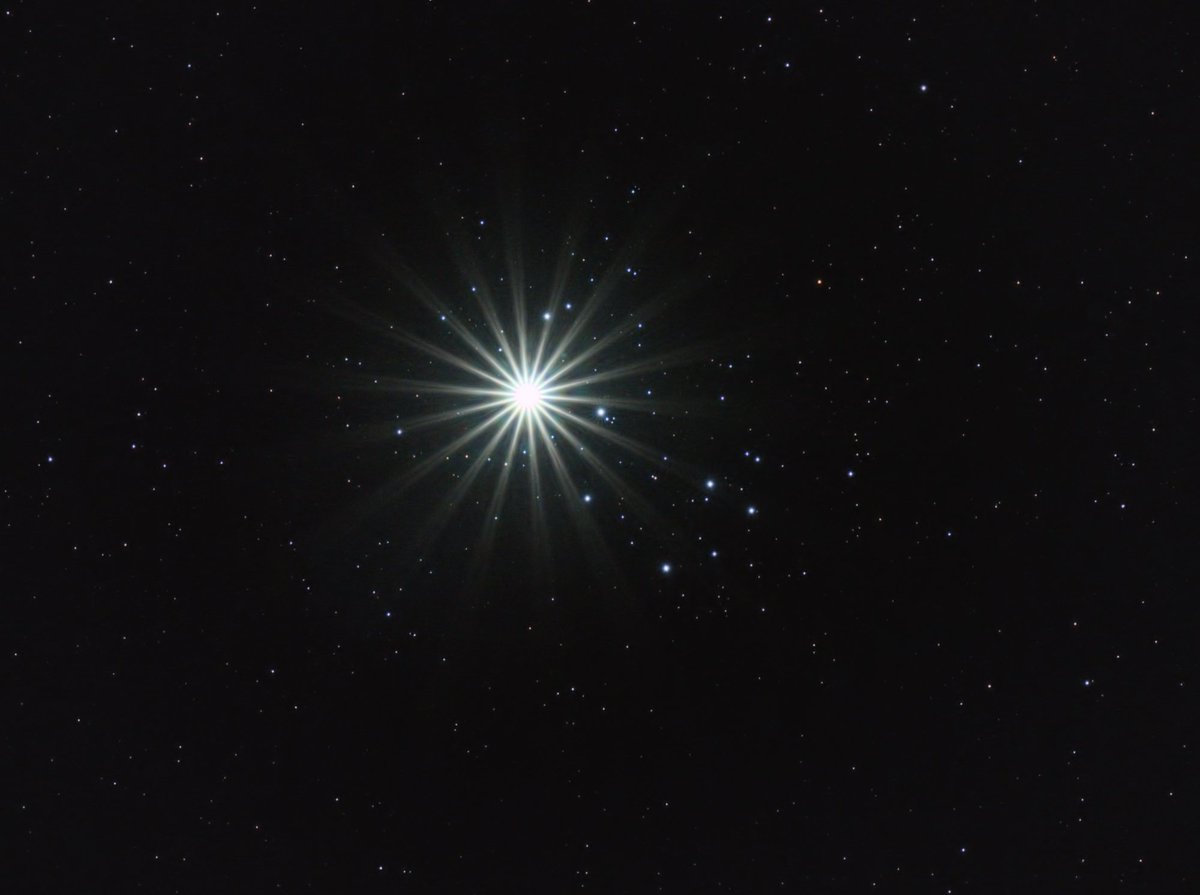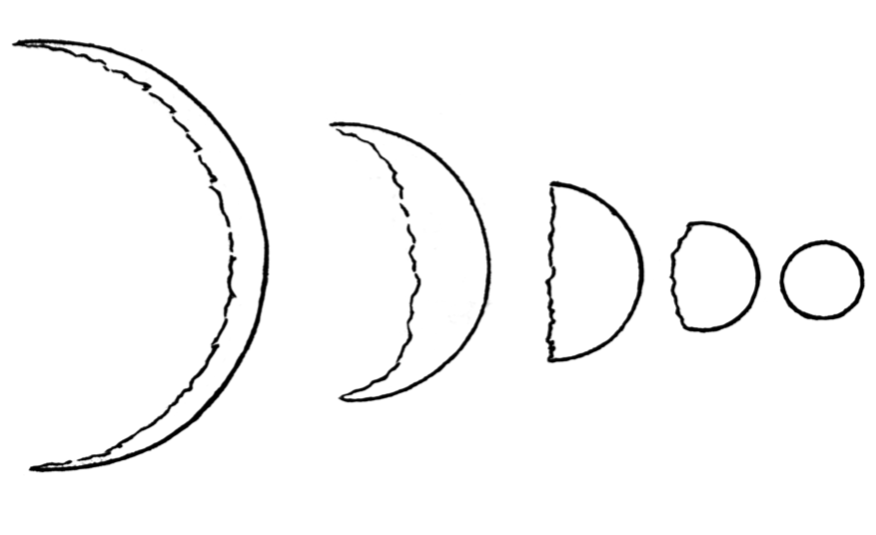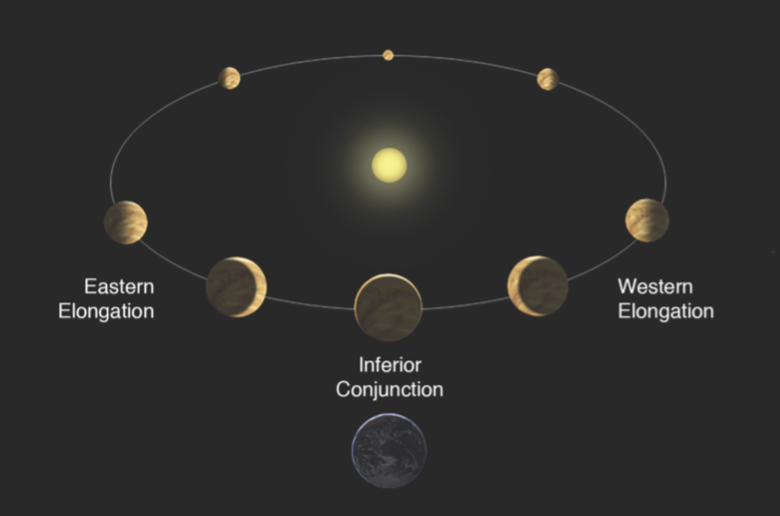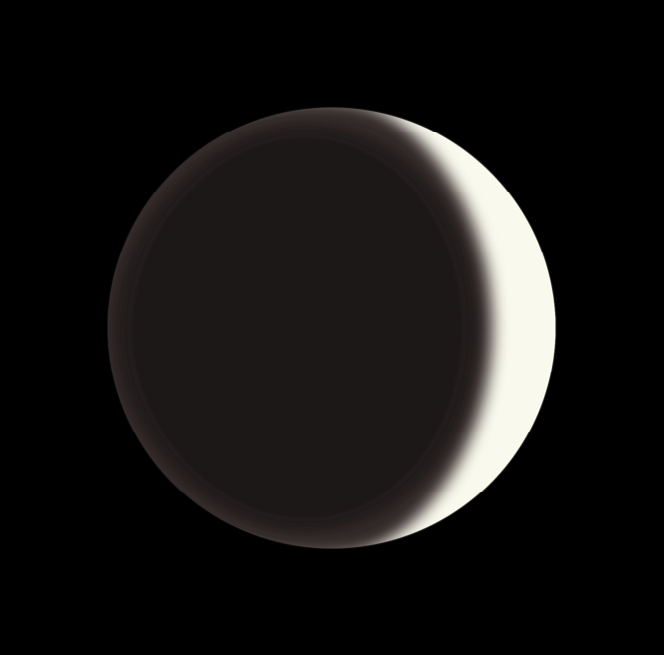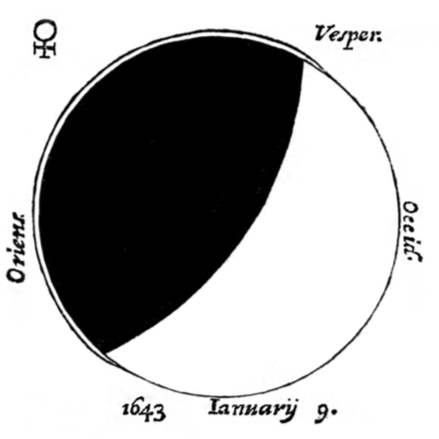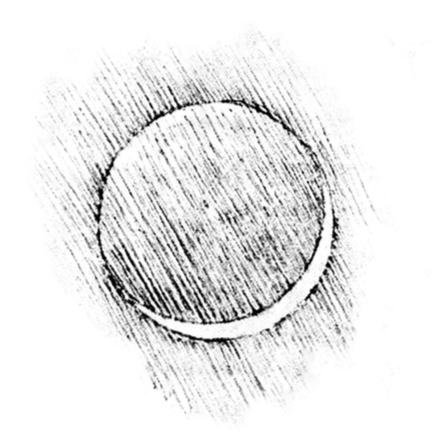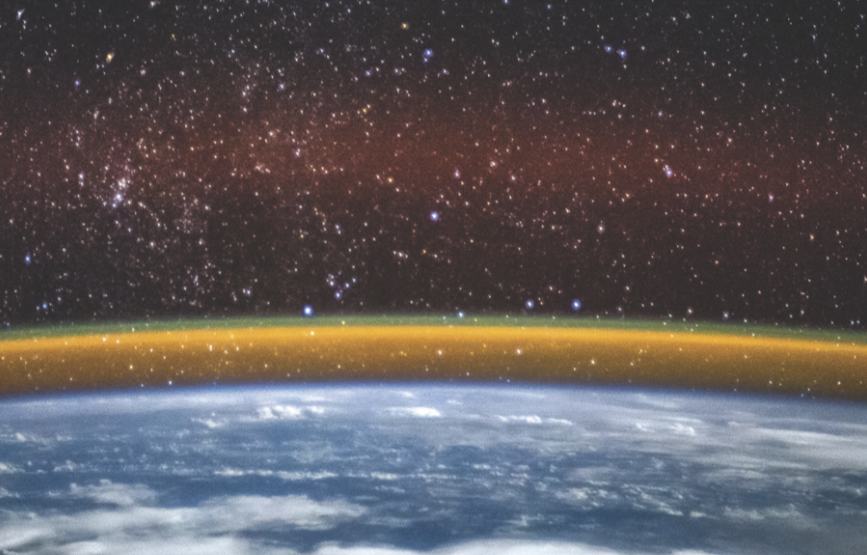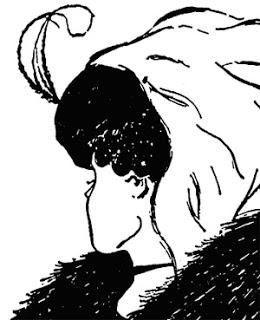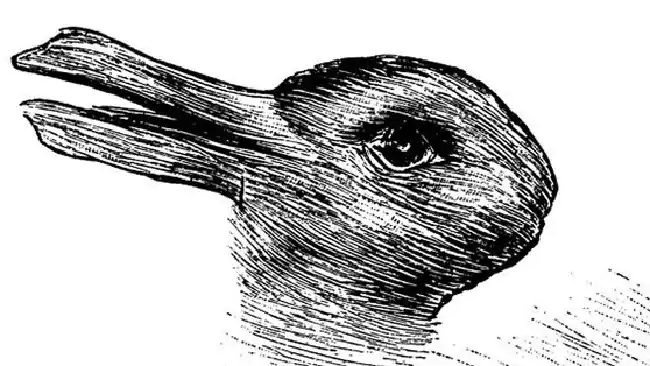Venus has finished its brief but very photogenic dance with the Pleiades, but don’t put those telescopes away just yet! We’re headed into prime time to see an elusive phenomenon called the Ashen Light. Here's what it may be, and why it's important. (thread) ( : Scott Tucker)
: Scott Tucker)
 : Scott Tucker)
: Scott Tucker)
Humanity didn't get a close-up view of Venus until the invention of the telescope around the turn of the 17th century. When they did, they noticed something odd: it goes through phases, like the Earth's Moon. Galileo Galilei was the first to publish this fact, in 1623.
Galileo also understood why Venus showed phases: it demonstrated that the 'heliocentric theory' of the Solar System, advanced almost a century earlier by Nicolaus Copernicus, was right. Venus showed phases because it orbited the Sun and was closer to the Sun than the Earth.
When Venus appears near the Sun in our sky, it is closest to us. Its crescent then appears thinnest because we mostly see the planet's night side. And for almost 400 years, reliable observers have reported seeing the night side of Venus *brighter* than the surrounding night sky.
Here's an artist impression of what that looks like through the telescope. The appearance of this 'Ashen Light' is as though the night side of Venus were glowing of its own light. Some observers report a ruddy or copperish color, while others report no color at all.
The earliest surviving report of the Ashen Light was made by the Italian astronomer Giovanni Battista Riccioli (1598-1671) through an early type of refracting telescope in the winter of 1643. He drew a bright rim of light surrounding the Venus night side that no one saw before.
The Ashen Light resembles earthshine, sunlight reflected from Earth, then from the Moon and back to Earth. Sometimes called 'the old moon in the new moon's arms', it was first correctly explained by Leonardo da Vinci. Here's Leonardo's drawing from Codex Leicester (c. 1506−13).
But Venus has no large moon like Earth, so what observers have seen on its night side is probably not like earthshine. And is it even real? No one has ever produced incontrovertible proof of the Ashen Light's existence. It remains the oldest unsolved mystery in astronomy.
The Ashen Light has been seen irregularly through history, and famous observers said they looked for it but never saw it. Its occurrence has a mild correlation with the phase of the solar cycle, but it's not an aurora: Venus doesn't have a permanent magnetic field like Earth.
If it's real, one leading contender to explain it is a transient enhancement of light-producing chemistry in the Venus atmosphere called airglow. There is an equivalent on Earth, seen as the red/yellow/green layers this 2014 @Space_Station astronaut photo.
If it's not real, why have so many astronomers reported that they saw it? It might be a trick of the eye and brain operating with limited information. The system fills in missing information the best it can, but it can draw conflicting conclusions. Consider some famous illusions:
The still-unresolved story of the Ashen Light goes to the limits of what we know about both human vision and planetary science, drawing in some of the biggest names in the histories of both subjects. And it's still the subject of modern fascination; e.g., https://io9.gizmodo.com/the-four-hundred-year-mystery-of-the-ashen-light-of-ven-568548720
So why are the next few weeks important? Venus reaches 'inferior conjunction' on 3rd June, when it is again closest to us, its night side facing Earth. Historically this is when most Ashen Light observations have been made, and there's a reasonable chance it will be seen again.
Historical reports also show that smaller telescopes are best suited for its detection, thanks to the coincidence of a set of circumstances regarding the ability of telescopes to show small increments of contrast between large, resolved objects like Venus and the background sky.
Some @NASA-funded research will be using large telescopes at observatories in coming weeks and months to independently measure airglow in the Venus atmosphere as we approach inferior conjunction, in order to better understand the physical conditions in which it forms.
So we need amateur observations of Venus from now through the autumn of 2020, including once Venus reappears from near the Sun on the morning side of the sky. If Ashen Light reports cluster around nights with strong airglow on Venus, it starts to make a strong case.
Separately, I have an ongoing project to assess the reliability of Ashen Light reports through analogy to unaided-eye observations of the earthshine ( http://www.johncbarentine.com/earthshine.html ). And it turns out that the human eye can sense *very* small contrast increments in that case.
It may not be the slam-dunk required to pass airtight scientific standards of scrutiny, but we might well be able to make a very plausible argument for what the Ashen Light is (and isn't), and whether eyeballs at telescope eyepieces should be able to detect it visually.
So if you have a small telescope and are keen on contributing some citizen-science observations, start observing Venus regularly. You just might spot the Ashen Light! Places you can submit observations online: http://www.alpo-astronomy.org/venusblog/ ; https://britastro.org/section_front/18
This is also a good place to announce that I'll be publishing a book about the history and science of the Ashen Light in 2021 with @springerastro in their "Astronomers' Universe" series. Preorder information will be coming later this year. It's a wild story I'm excited to tell!
So I hope you'll join me on this adventure diving into a subject sometimes called the "Loch Ness Monster of astronomy" that reminds us how much there still is left to learn about our Universe -- even right next door.

 Read on Twitter
Read on Twitter